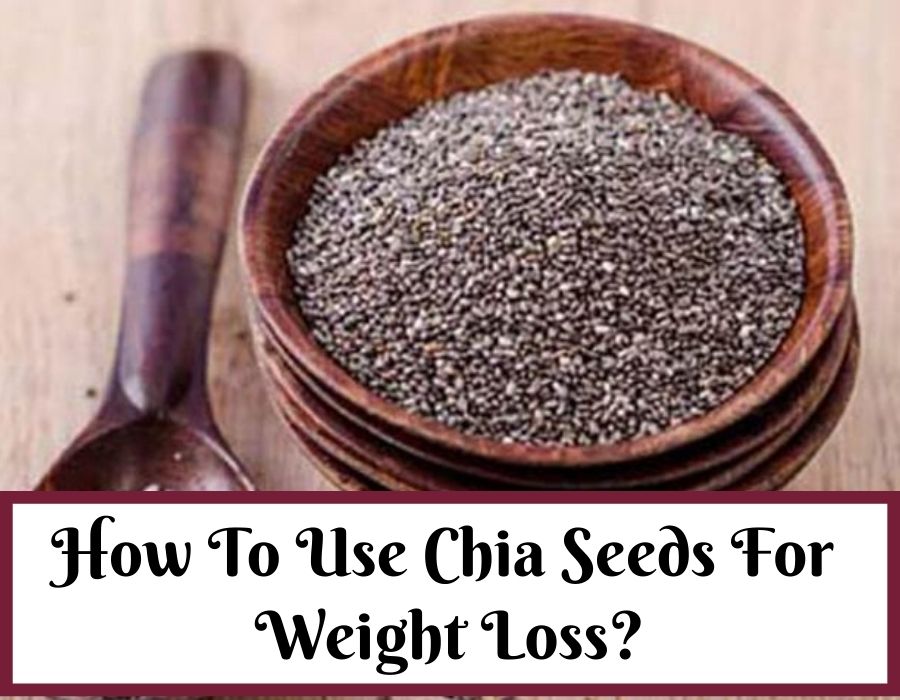When illness strikes, the last thing on your mind might be what to eat. However, choosing the right foods can significantly impact your recovery and overall comfort. Whether you’re having a cold, flu, or an upset stomach, there are certain best food to eat when sickthe nourishment and hydration your body needs.
In this blog, we will explore the best foods to eat when you’re feeling sick, focusing on those that are gentle on your stomach and rich in vitamins and minerals. We’ll also discuss common symptoms of nausea and discomfort, as well as tips for alleviating these feelings.
Check out the blog-
Symptoms of feeling sick
Nausea is described as the sensation of needing to vomit. It can manifest as an uneasy feeling in the stomach or throat and often leads to an urge to expel the contents of the stomach.
The symptoms related to feeling sick can vary widely among individuals but generally include:
- Uneasy Stomach: A feeling of discomfort or queasiness in the stomach.
- Urge to Vomit: A strong sensation that you may vomit.
- Dry Retching: Attempts to vomit without expelling any contents.
- Dizziness or Light-headedness: Feeling faint or unstable.
- Loss of Appetite: A decreased desire to eat.
- Sweating: Excessive perspiration without physical exertion.
- Stomach Pain: Discomfort or cramping in the abdominal area
What foods are good for you when you feel sick?
1. Chicken Soup-
It is a classic choice, offering hydration from the broth and protein from the chicken, making it easy to digest and soothing for the stomach.
2. Garlic-
This is another beneficial option; its allicin content has anti-inflammatory properties, and it can be incorporated into soups to enhance flavor without overwhelming odors.
3. Coconut water-
One of the best food to intake when you feel sick. Being rich in electrolytes like potassium and sodium, coconut water helps to rehydrate the body and is also very gentle on stomach.
4. Honey-
A staple food found in our kitchen always. Loaded with antioxidant properties, honey is a natural sugar that provides quick energy to the body. You can mix it with warm water or tea to soothe an upset stomach.
5. Dry Fruits-
These are a concentrated source of vitamins and minerals, offering energy in small amounts without being too heavy.
6. Protein Rich Foods-
Protein rich foods like eggs, yogurt, lean meats and greek yogurt helps to maintain energy levels and stabilize blood sugar without causing further nausea.
7. Cold Food-
Cold foods like yogurt or smoothies, are often easier to digest and have less odor than hot foods, making them more palatable during nausea.
8. Hard Candy-
Eating flavoured candies like- lemon, ginger and peppermint give a quick sugar rush and it can stimulate saliva production, which may help ease nausea.
9. Fiber Food-
The high fiber food such as oatmeal or whole grains, promote digestive health and can prevent constipation, which is often a side effect of nausea or medications.
What food causes nausea?
Nausea is a common symptom that can arise after eating, and various foods and dietary choices can contribute to this uncomfortable sensation. Understanding the types of foods that can cause nausea, along with their nutritional components and mechanisms, is essential for managing this condition effectively.
1. Fatty Food-
Fatty foods, such as fried items, fast food, and rich desserts, can lead to nausea due to their high fat content. These foods require more bile for digestion, which can overwhelm the digestive system.
2. Dairy Product-
For individuals who are lactose intolerant, dairy products like milk, cheese, and ice cream can cause nausea. This is due to the inability to properly digest lactose, leading to gastrointestinal distress.
3. Spicy Food-
Spicy foods can irritate the stomach lining and lead to nausea. Capsaicin, found in spicy foods, stimulates gastric acid secretion.
4. Sugary Food-
Foods high in sugar, such as candies and pastries, can lead to rapid spikes in blood sugar levels followed by crashes, which may result in feelings of nausea.
5. Alcohol-
Alcohol is a known irritant to the stomach lining and can lead to gastritis or inflammation of the stomach lining.
6. Certain Vegetables-
Some people may experience nausea after consuming cruciferous vegetables (like broccoli or cabbage) or legumes (like beans) due to their high fiber content and gas-producing properties.
Tips and Tricks when you feel nausea
Apart from the above food items, there are other tips and tricks to try when you feel nauseous-
- Acupressure-
Applying pressure to specific points on the body can help relieve nausea. Acupressure wristbands, like Sea-Bands, can provide continuous pressure on this point for on-the-go relief.
- Aromatherapy-
Inhaling certain scents can help calm nausea. Essential oils like peppermint, ginger, and lemon are known for their soothing properties.
- Deep Breathing Exercises-
Engage in controlled breathing techniques. Inhale deeply through your nose, allowing your abdomen to expand, then exhale slowly through your mouth. This practice helps to relieve of nausea.
- Hydration-
Staying hydrated is crucial when feeling nauseous. Sipping small amounts of water or electrolyte-rich drinks like coconut water can help maintain hydration without overwhelming your stomach.
- Rest and Relaxation-
Resting in a comfortable position can help alleviate nausea symptoms. Keeping your head elevated while lying down may prevent further discomfort.
- Mindful Movement-
Doing some light physical exercise such as walking, helps to stimulate digestion and also ease the nausea symptoms.
So, above are some of the best food to eat when sick. The above foods are easily available and consuming them helps to relieve you of the nausea feeling.
Make sure, that you are not allergic to any of the above ingredient and also your nausea feeling is not due to any other disease.
How do you tackle the nausea feeling?










Comments are closed.